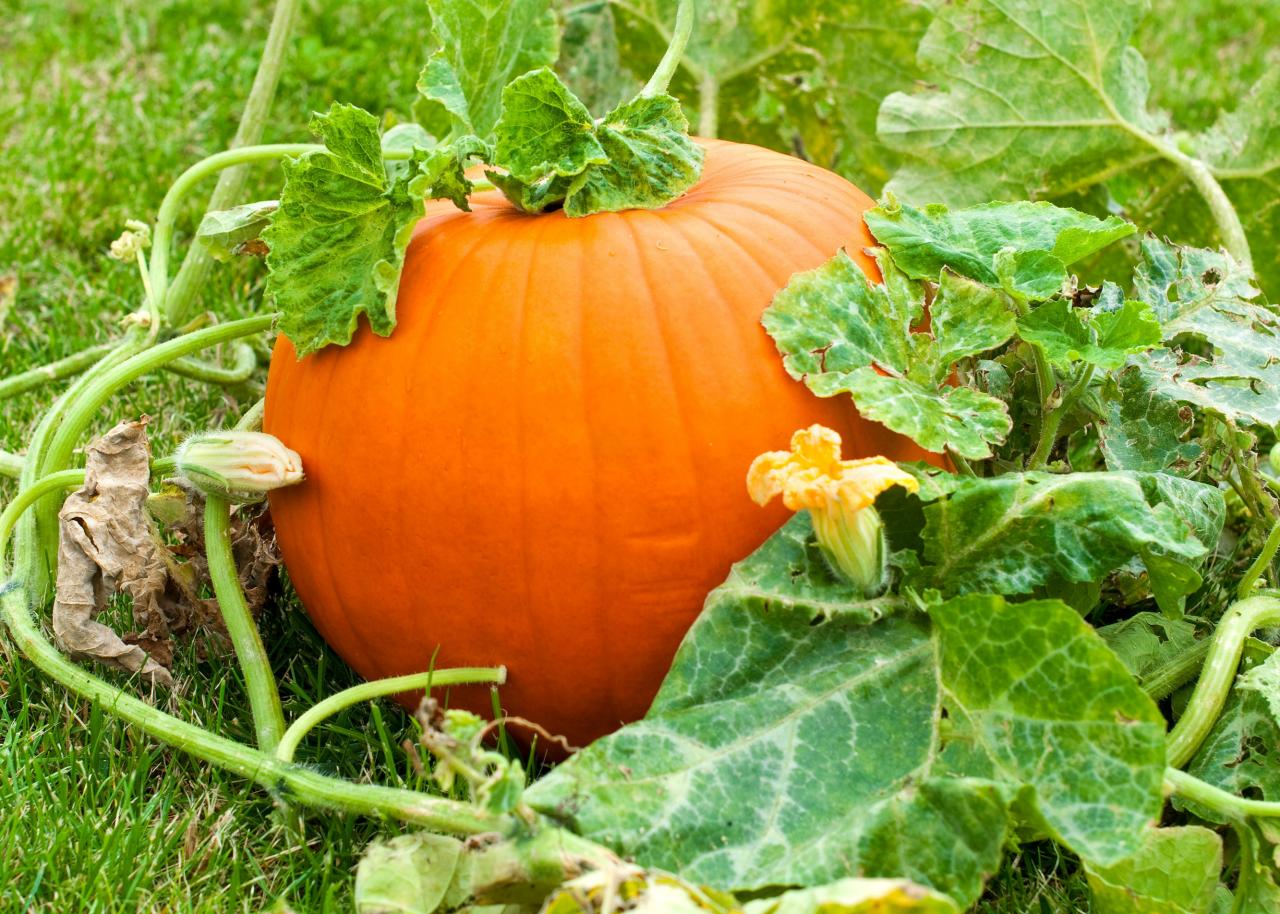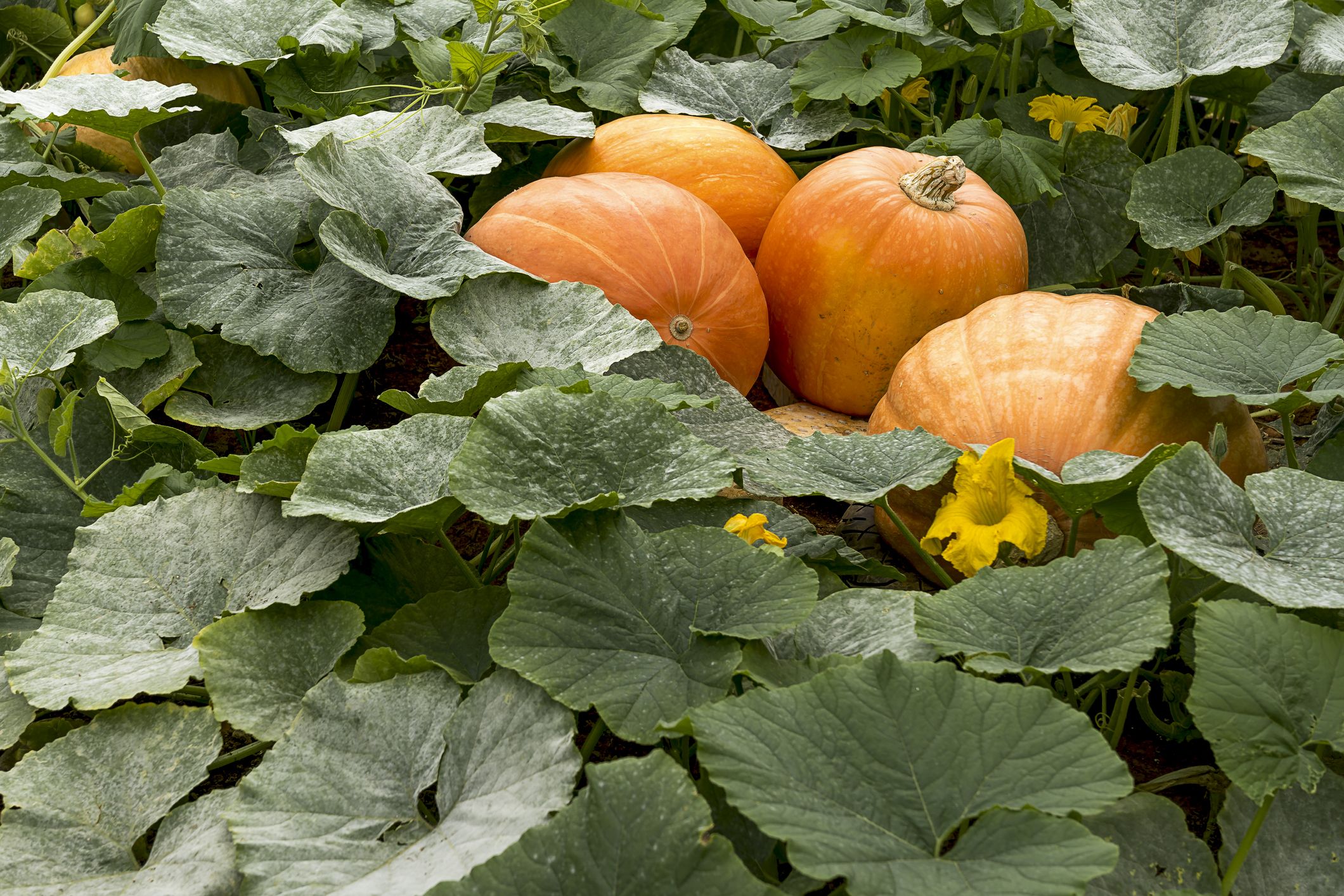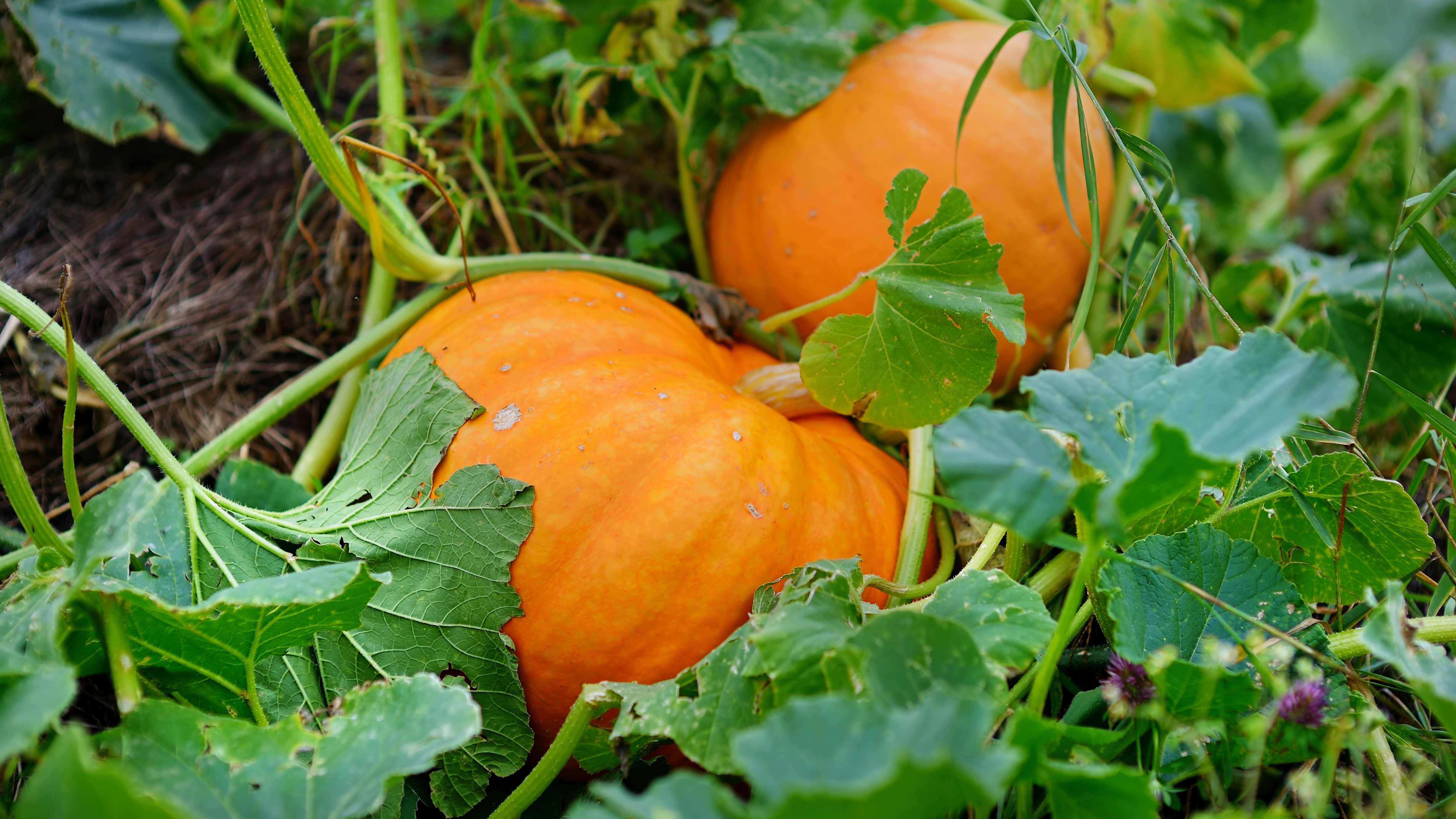Growing Your Own Pumpkin Plant - A Friendly Guide
Picture this: a cool autumn day, the smell of spiced treats in the air, and right there on your porch, a pumpkin you grew yourself. There is, you know, a special kind of happiness that comes from watching something sprout from a tiny seed and grow into a big, round fruit. This autumn icon, often seen decorating homes or starring in delicious pies, has a story that goes way back, even to ancient Greek times, where it was called 'pépon,' meaning 'melon,' which is kind of interesting, isn't it? If you have ever thought about having your own pumpkin plant, getting one started is more straightforward than you might guess, and the reward is definitely worth the effort.
So, whether you are dreaming of a small one for a cozy table display, a medium one for baking up a storm, or a truly enormous one that will make your neighbors look twice, there is a pumpkin plant variety out there that is just right for you. It is really about picking the best kind for your local weather and the room you have available, as Darrell Geissler, someone who grows a great many pumpkins, points out. You see, these garden additions can be a bit particular about their growing conditions, depending on where you live, what your soil is like, and the general climate, a point Logan Hailey, a garden specialist, mentions.
Actually, the whole idea of growing your own pumpkin plant, from putting a tiny seed in the ground to seeing it ripen, offers a sense of accomplishment that buying one from a shop just does not quite match. This little guide will walk you through the simple steps you will want to follow to plant, care for, and bring in your very own pumpkins this season. It is all about giving these plants what they need to flourish, and we will cover everything from when to get them started to how to make sure they have enough room to stretch out.
- Jimena G%C3%B3mez Paratcha Age
- Hally Holston
- Benny Blanco Wife
- Rose Reid Age
- Mario Van Peebles Relationships
Table of Contents
- When is the Best Time to Start Your Pumpkin Plant?
- What Does a Happy Pumpkin Plant Need to Thrive?
- Choosing the Right Pumpkin Plant Variety for Your Space
- Giving Your Pumpkin Plant Plenty of Room to Grow
- How Do You Get a Giant Pumpkin Plant?
- Preparing the Soil for Your Pumpkin Plant's Success
- Why Grow Your Own Pumpkin Plant?
When is the Best Time to Start Your Pumpkin Plant?
When you are thinking about starting your very own pumpkin plant, one of the first things to figure out is when to get those little seeds into the soil. You see, the timing really depends on what you are hoping to do with your pumpkins once they are all grown up. If you are aiming for big, beautiful pumpkins ready for autumn displays or perhaps for a pie around the holidays, you will want to give them a good long growing season. These plants, you know, often need a fair bit of time to reach their full potential, usually somewhere between 130 and 160 days from the moment they sprout to when they are ready to be picked. So, that is quite a stretch of time, isn't it?
Generally speaking, pumpkins are not fans of cold weather at all; they really prefer things to be quite warm. This means the best window for planting your pumpkin plant seeds is usually in late spring or perhaps early summer. For many places, this often means sometime in early June, especially after you are sure that any chance of a late frost has completely passed. Frost can be pretty rough on young pumpkin plants, so it is better to wait until the weather is consistently mild and gentle. You can, for example, get a bit of a head start by beginning your seeds inside your home. This way, your little pumpkin plant seedlings can grow strong and healthy in a controlled environment before they face the outside world. This approach can be particularly helpful if your growing season is a little shorter or if you just want to see those plants get a good start before the heat of summer really kicks in.
Alternatively, if your local weather stays warm for a good long while, you can simply put your pumpkin plant seeds straight into the garden. The key thing, more or less, is to make sure the soil itself has warmed up enough. Cold soil can really slow down germination, or even prevent it altogether. So, whether you start them indoors or outside, giving your pumpkin plant the right start at the right moment is pretty important for a good outcome. It is almost like giving them a warm welcome to their new home, ensuring they have the best chance to grow big and strong.
- Holly Robinson Peete Relationships
- D J Qualls Wife
- Lisa Lemoncelli
- Colin Firth Relationships
- Glen Powell Girlfriend
What Does a Happy Pumpkin Plant Need to Thrive?
Once you have figured out the best time to get your pumpkin plant going, the next step is to pick the perfect spot for it to live and grow. These plants are, you know, real sun worshipers. They absolutely love to soak up the sun's rays, so choosing a place in your garden that gets plenty of sunshine throughout the day is a very good idea. We are talking about a spot that gets full sun, meaning six hours or more of direct sunlight every single day. Without enough sunshine, your pumpkin plant might not produce as many pumpkins, or the ones it does grow might not get as big or ripen as well.
Beyond just sunlight, the ground where your pumpkin plant will live needs to be able to let water move through it easily. Good soil drainage is, in a way, super important because pumpkin plants do not like to have their 'feet' wet all the time. If water just sits around their roots, it can cause problems, so a spot where water does not pool up after a rain shower is what you are looking for. You can, for instance, often tell if your soil drains well by digging a small hole and seeing how quickly water disappears after you pour some in. If

How Do Pumpkins Grow? | HGTV

Planting Pumpkin Seeds - How to Grow Pumpkins

When to plant pumpkins: for a bumper crop | Homes and Gardens